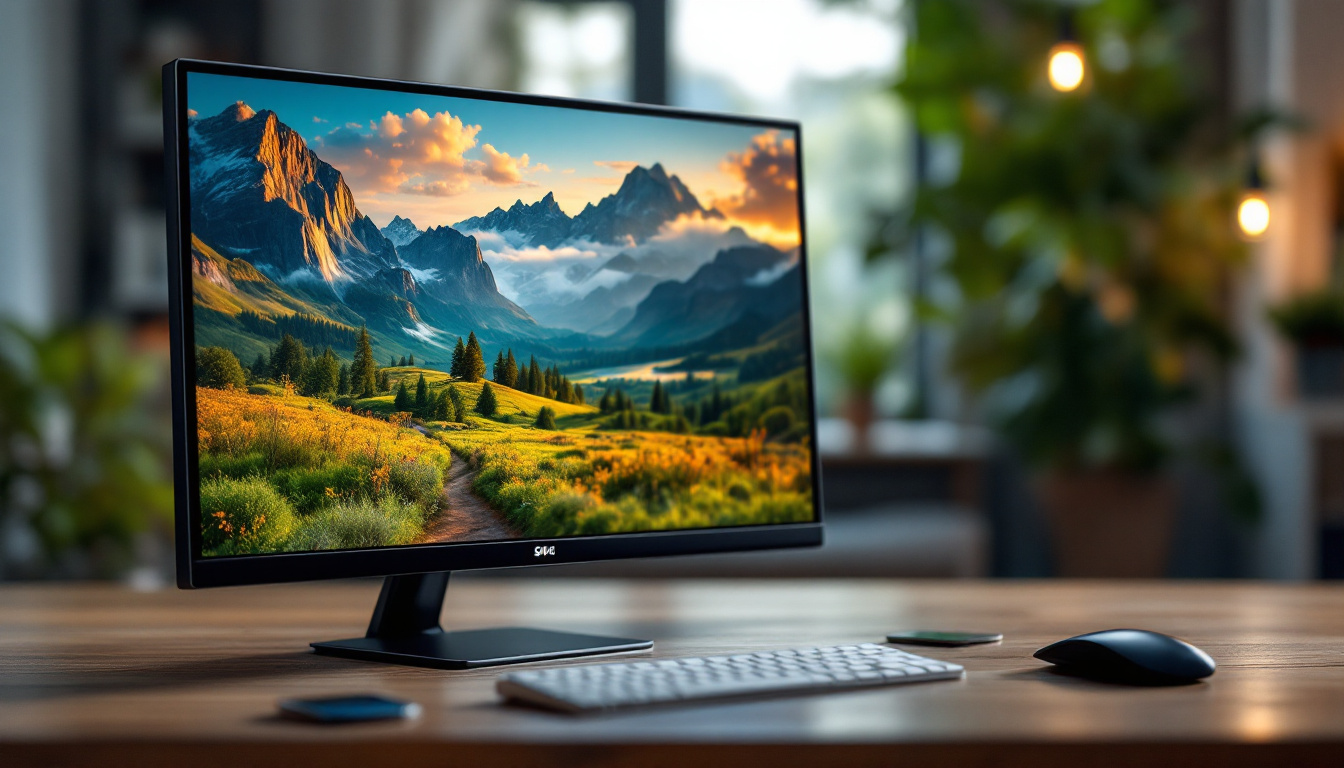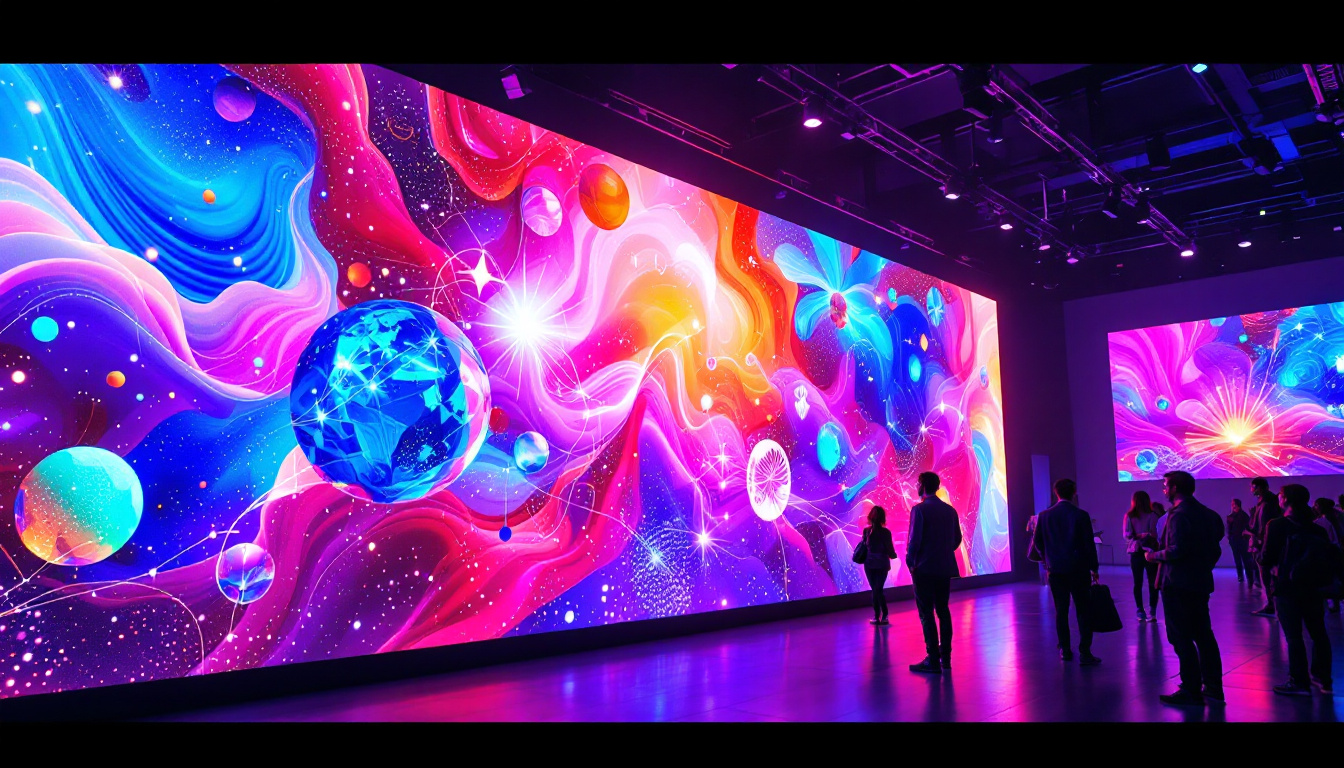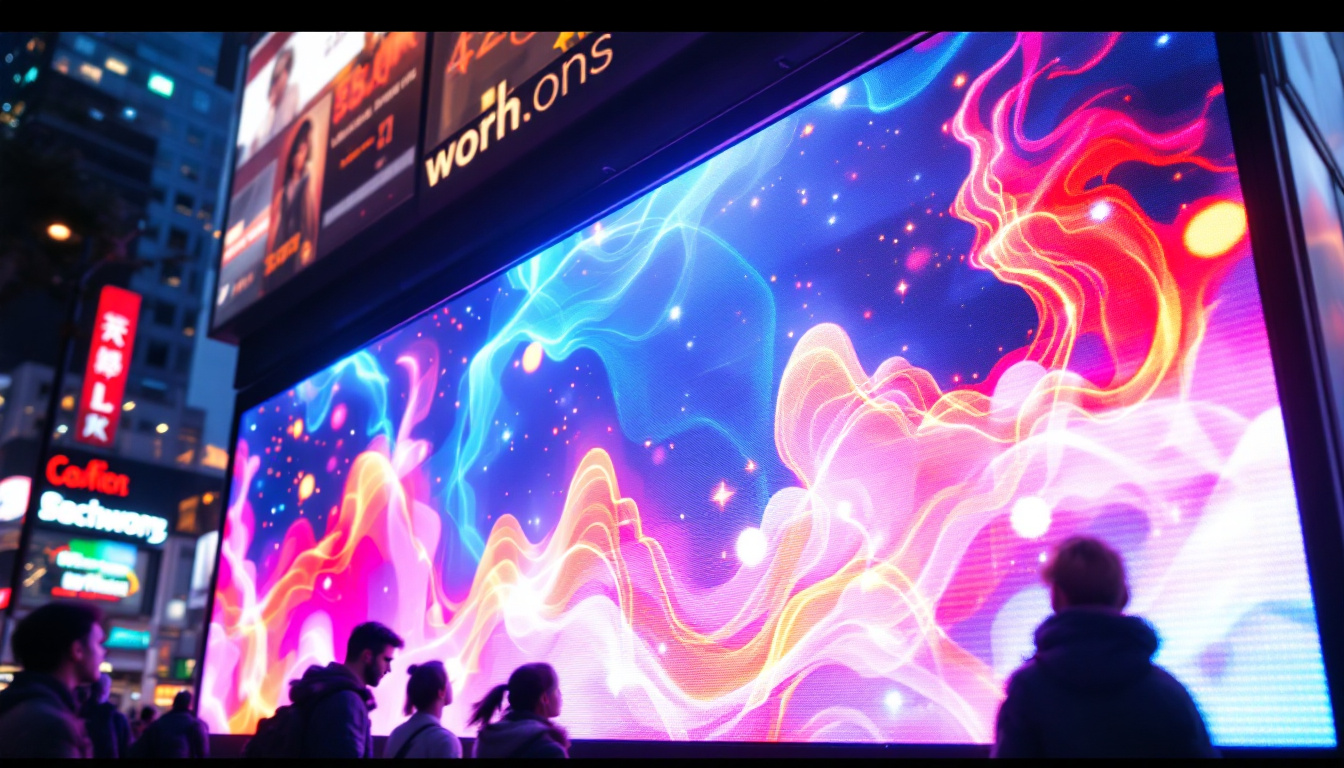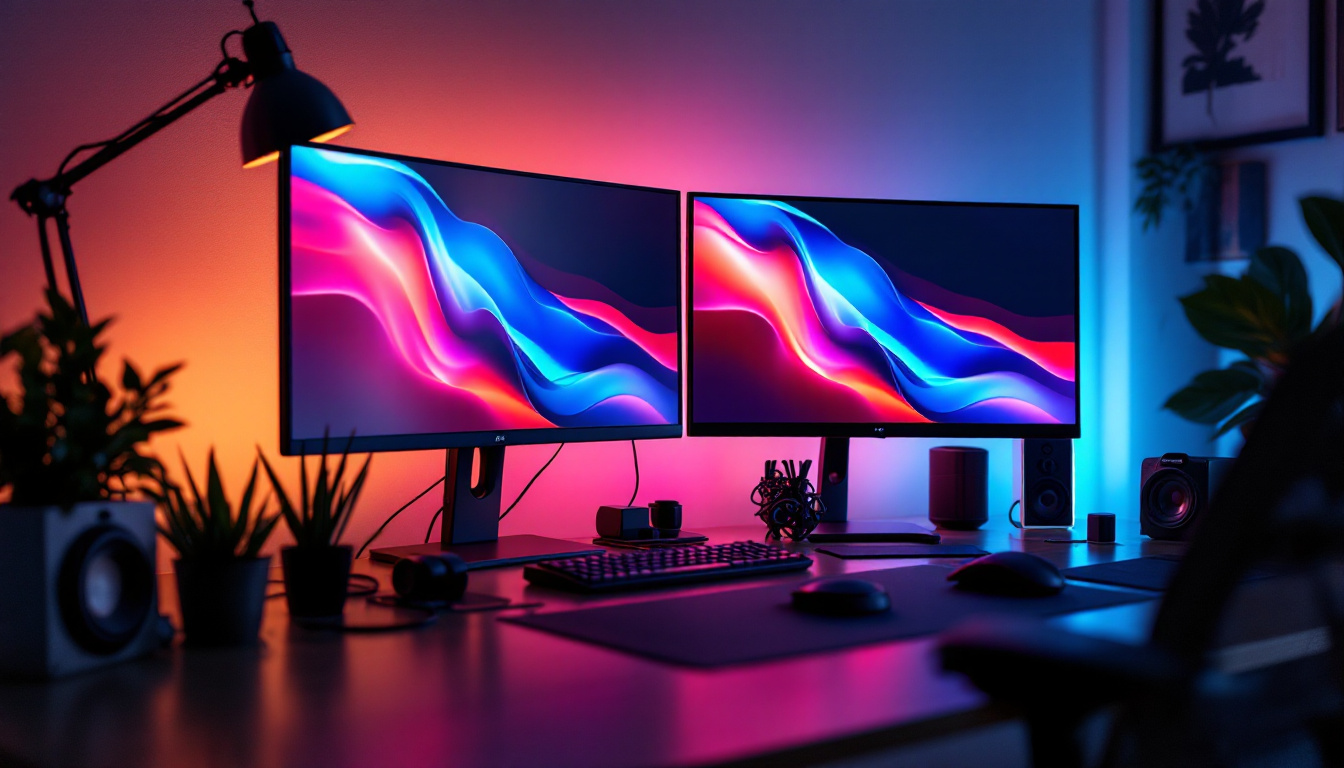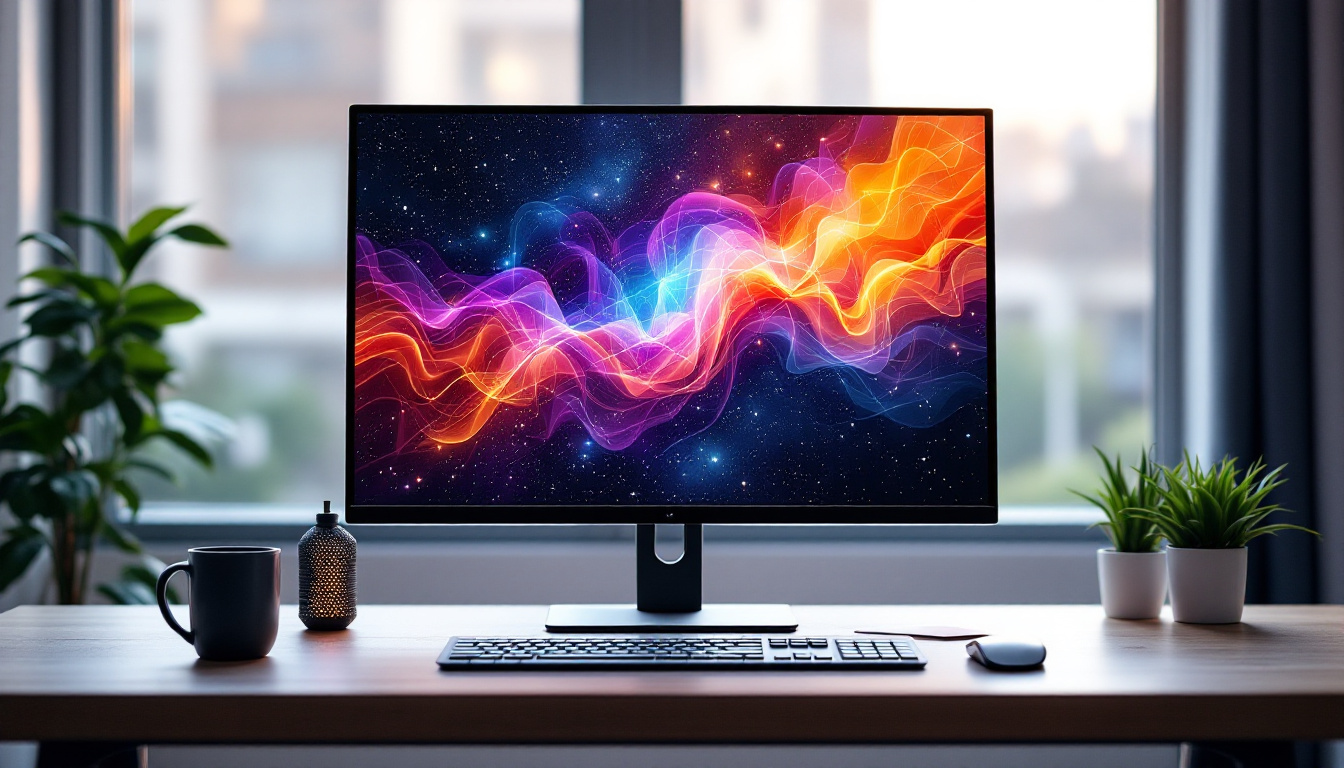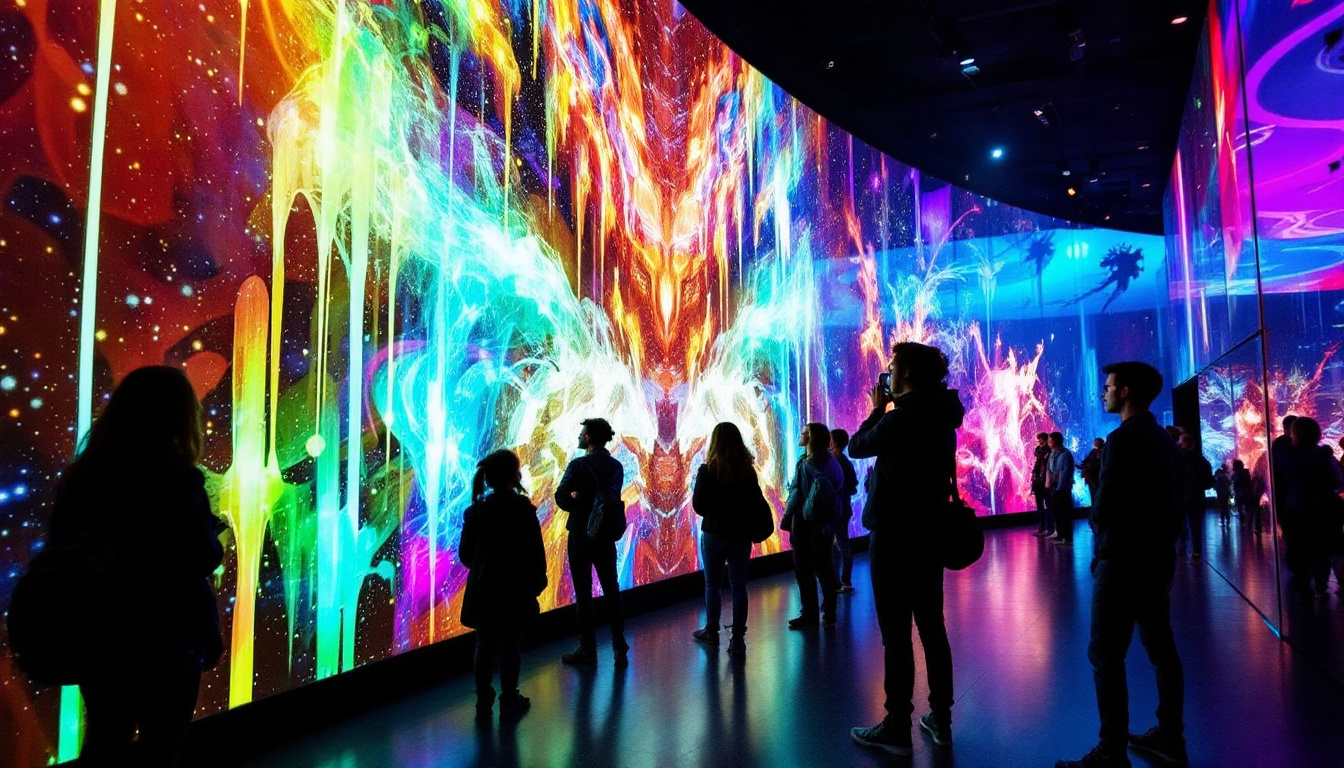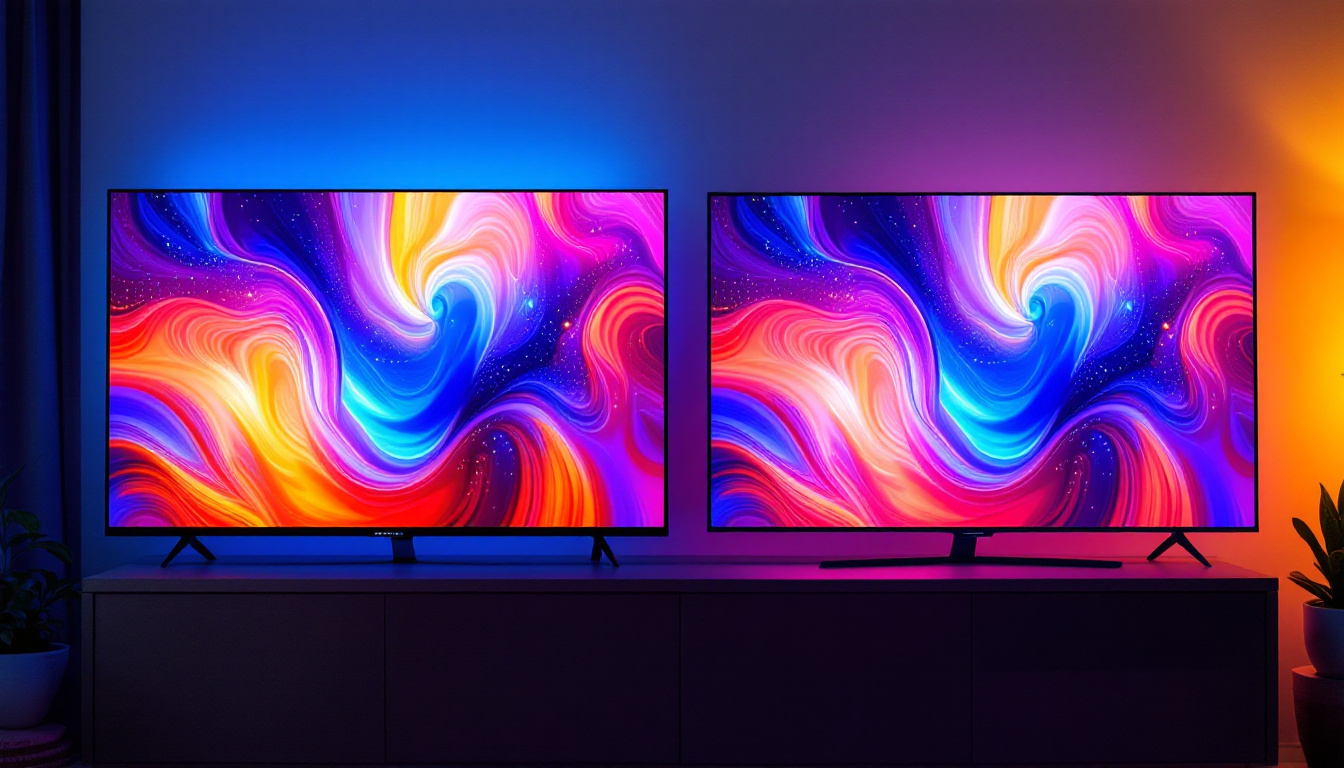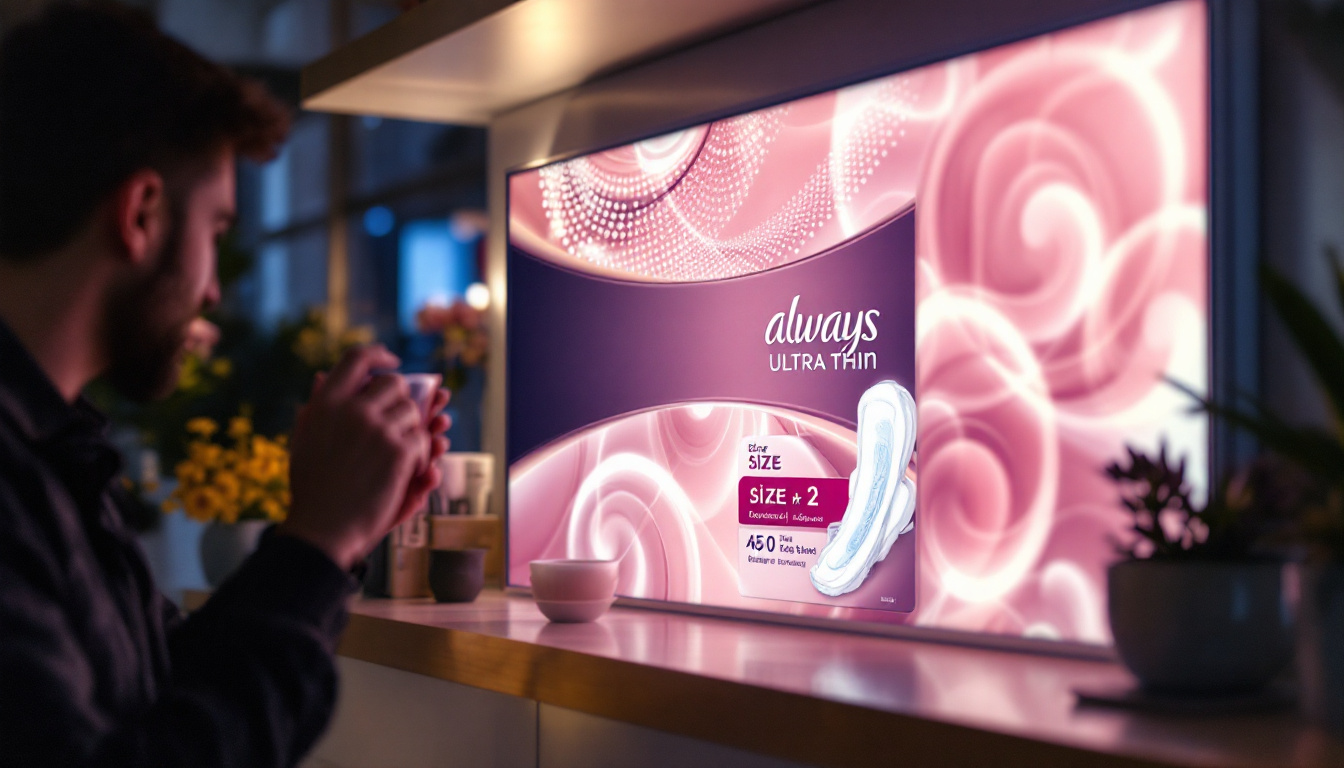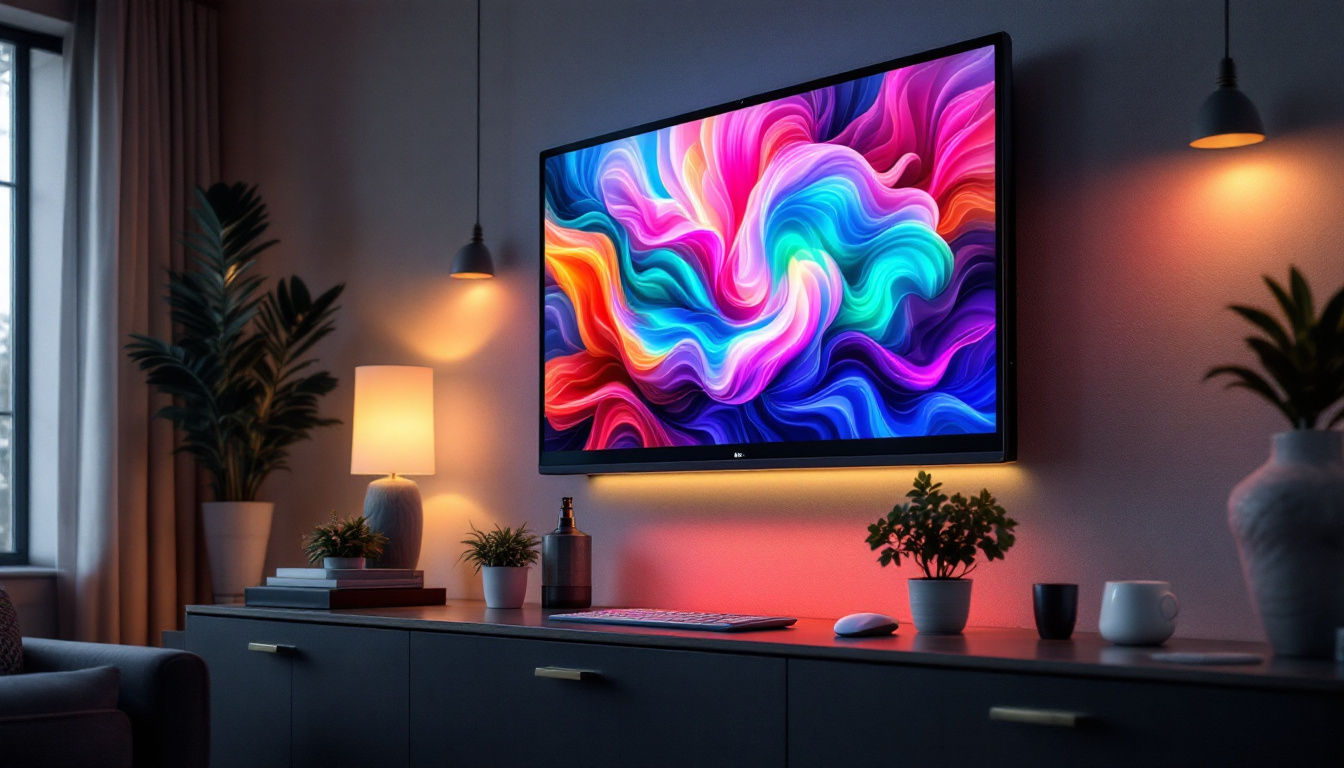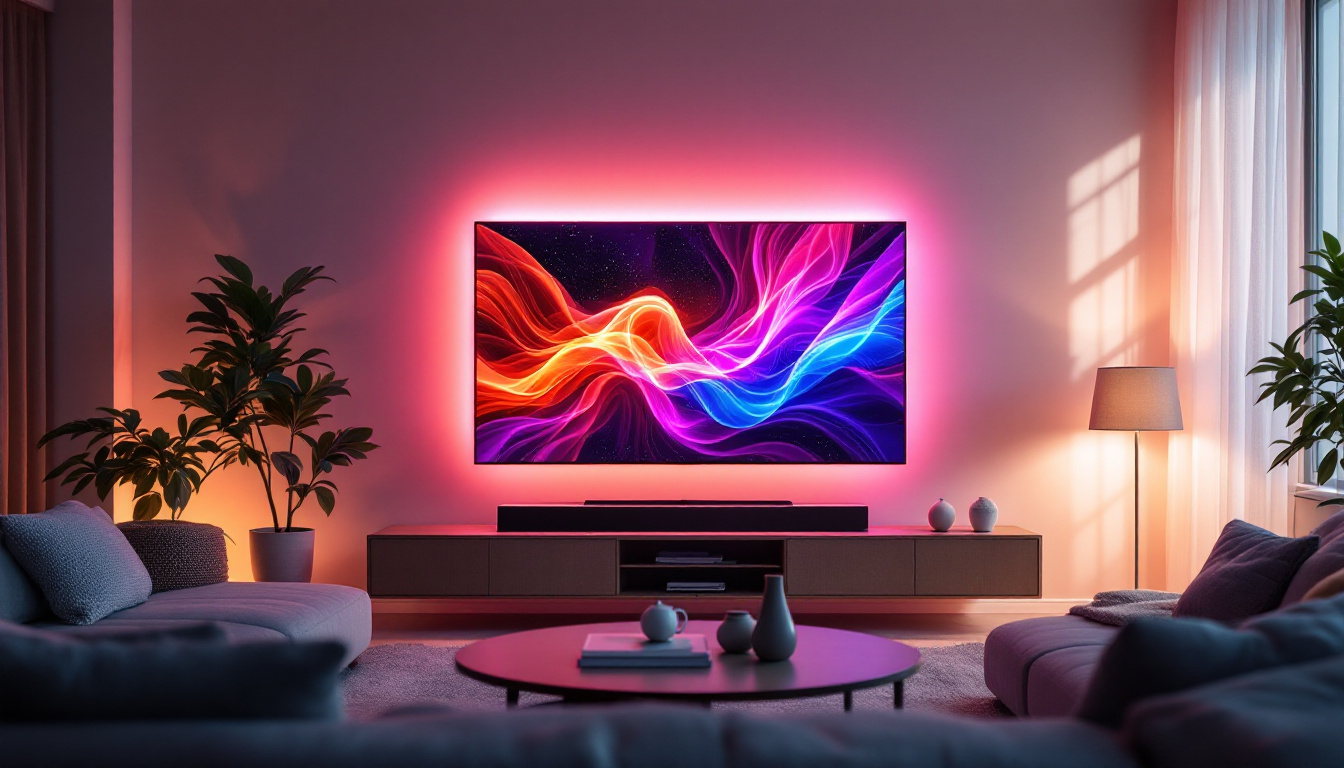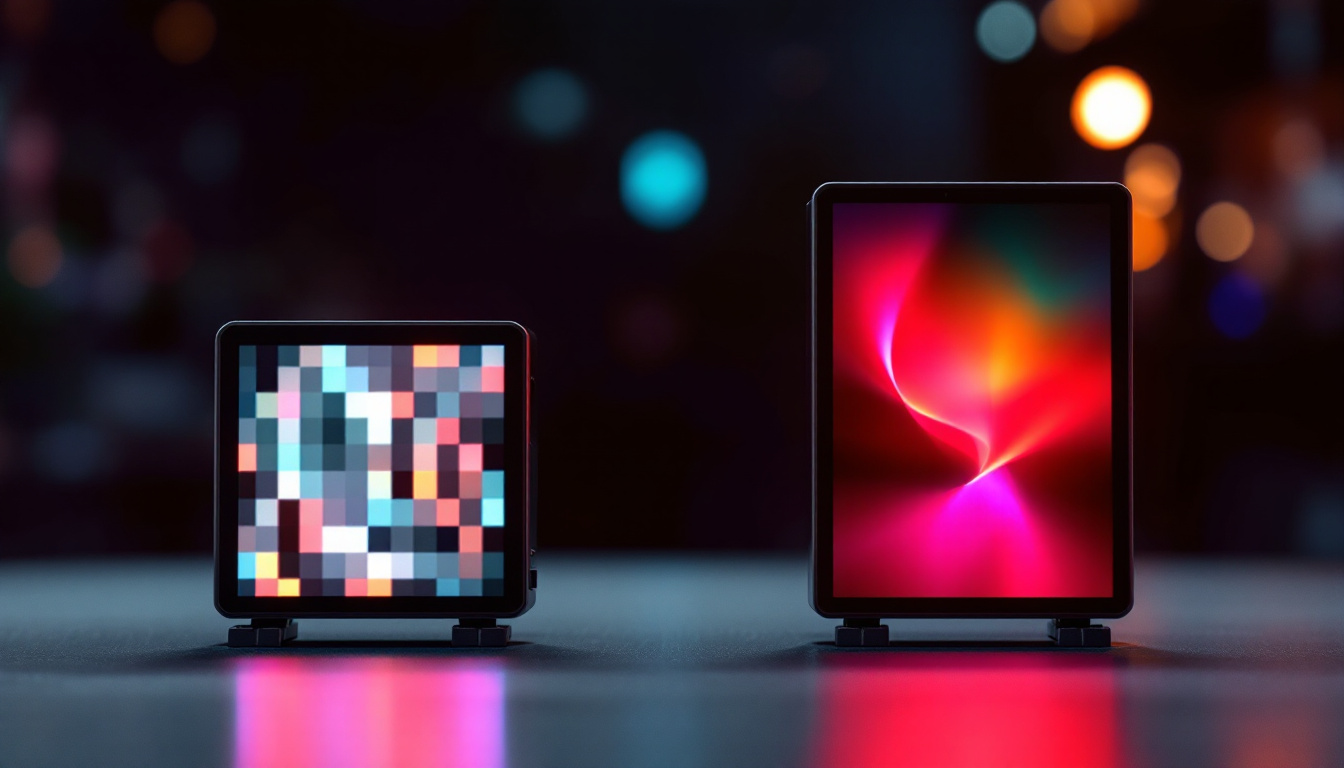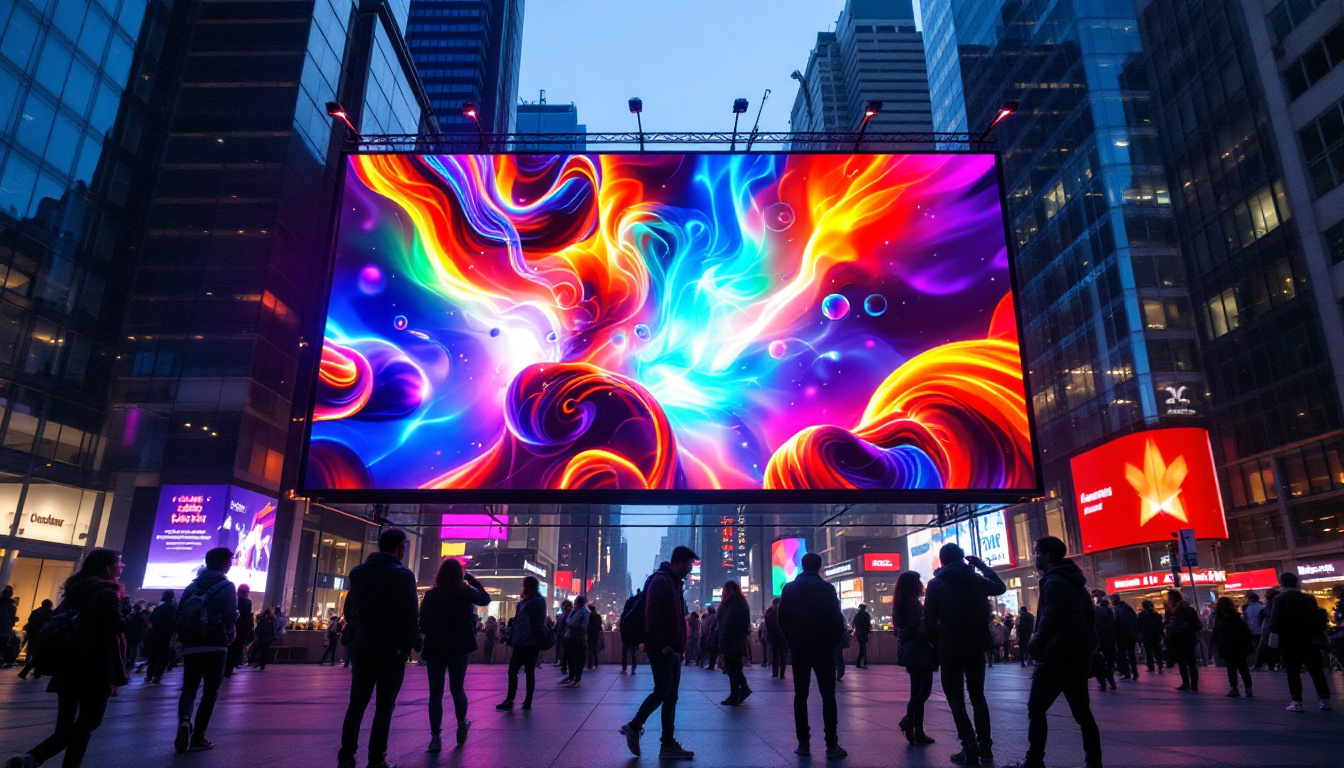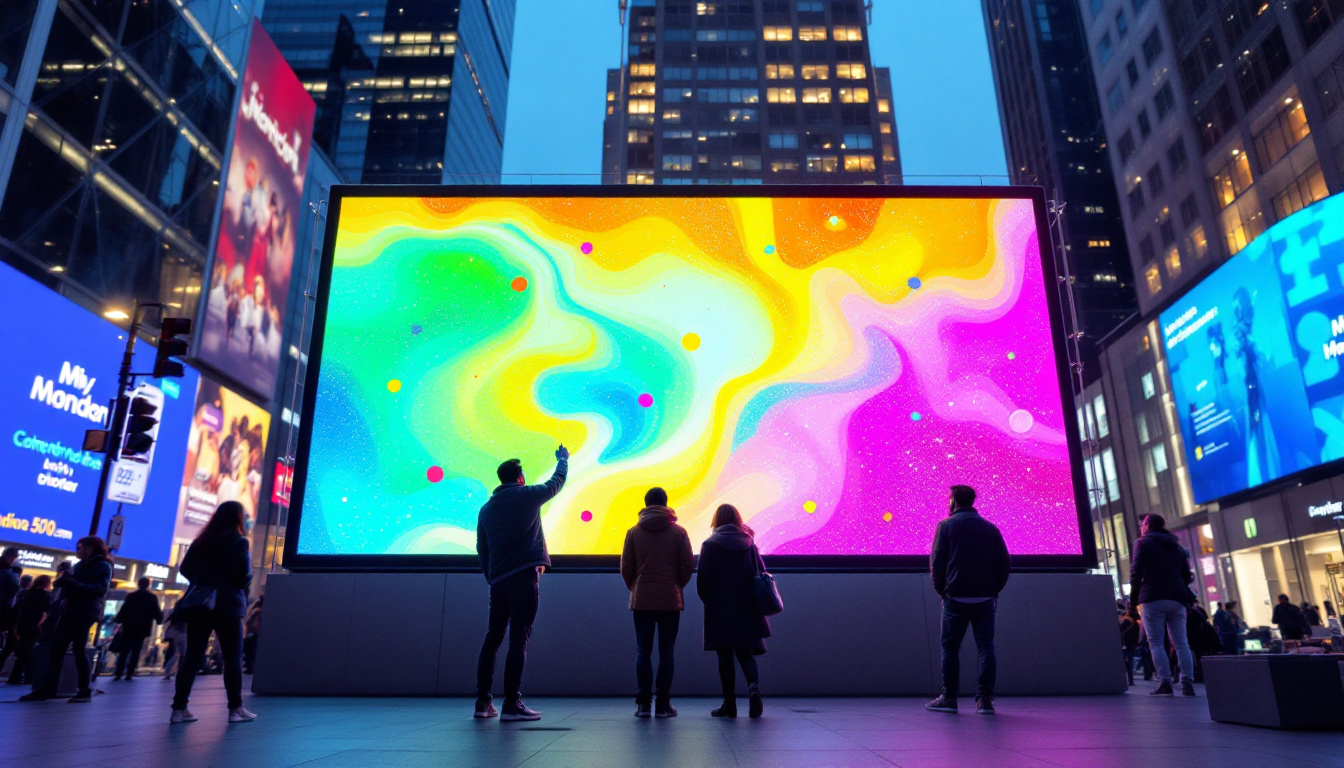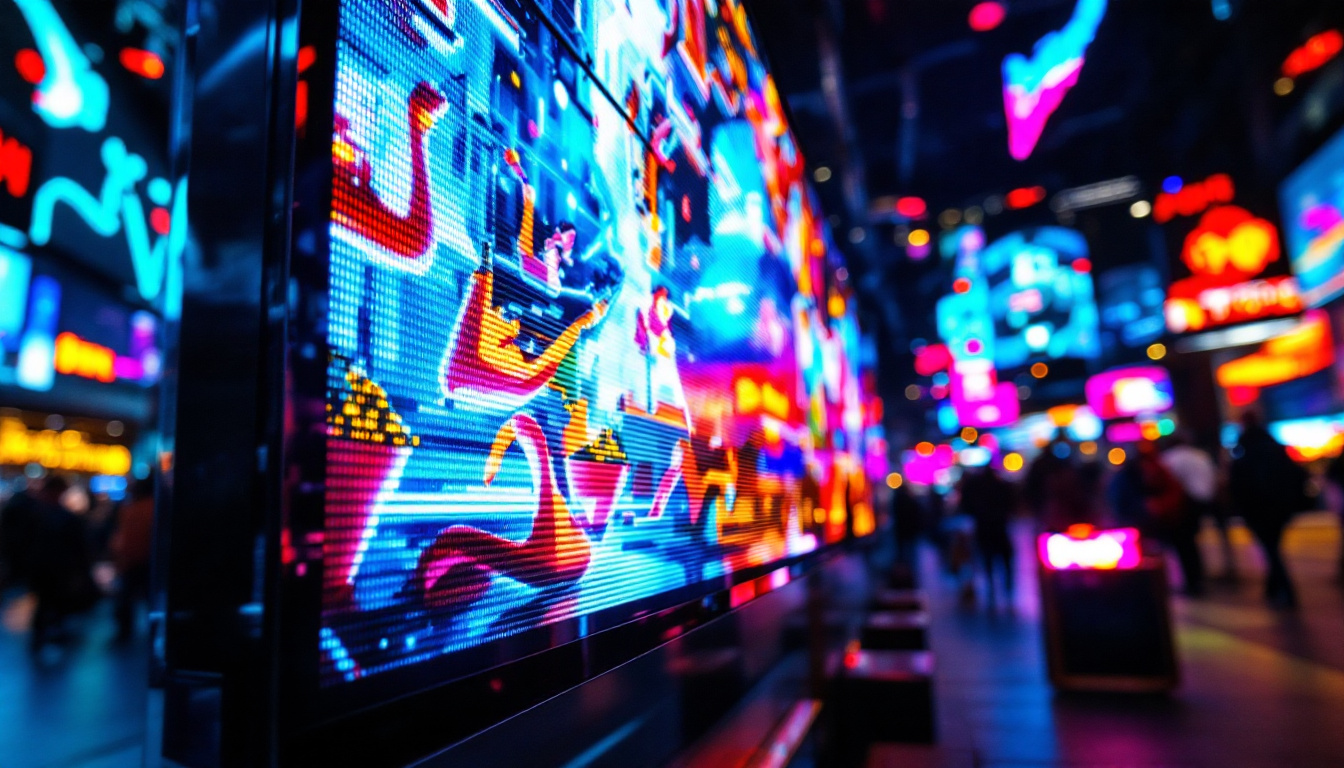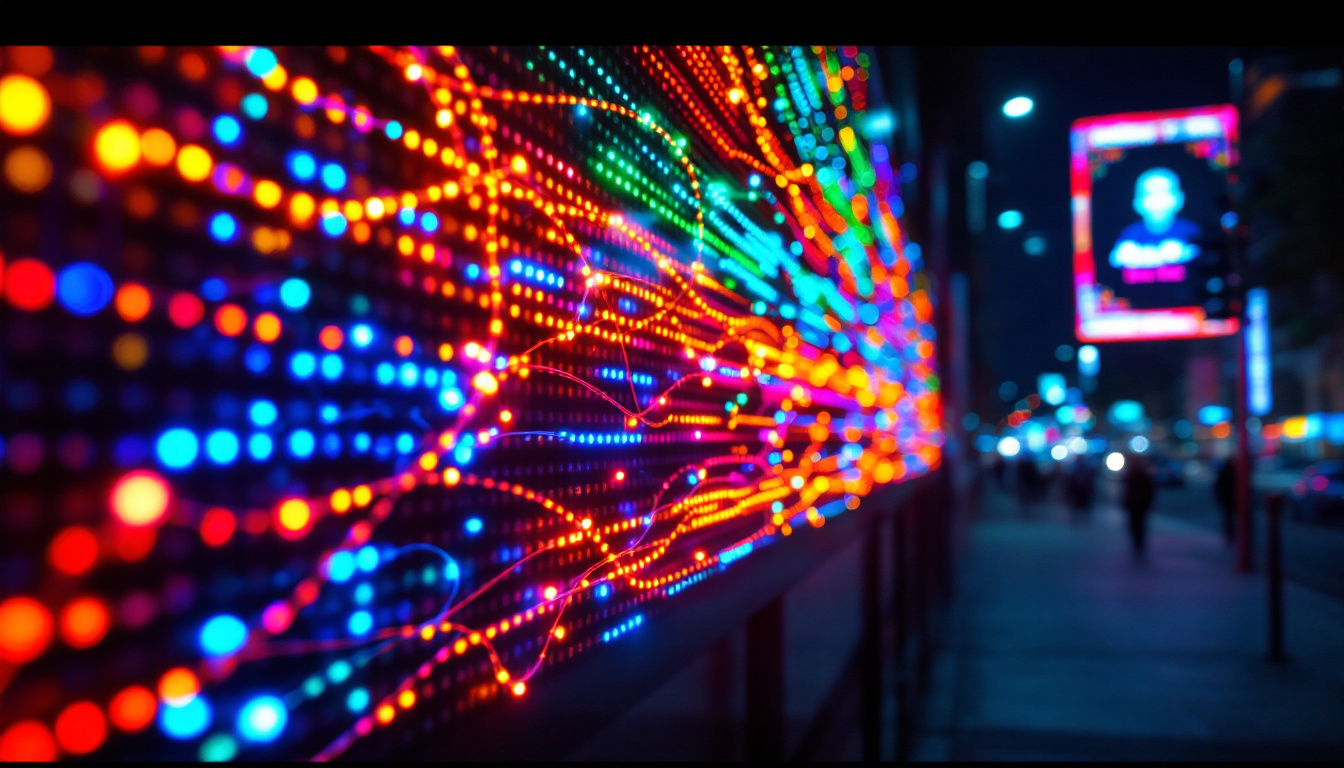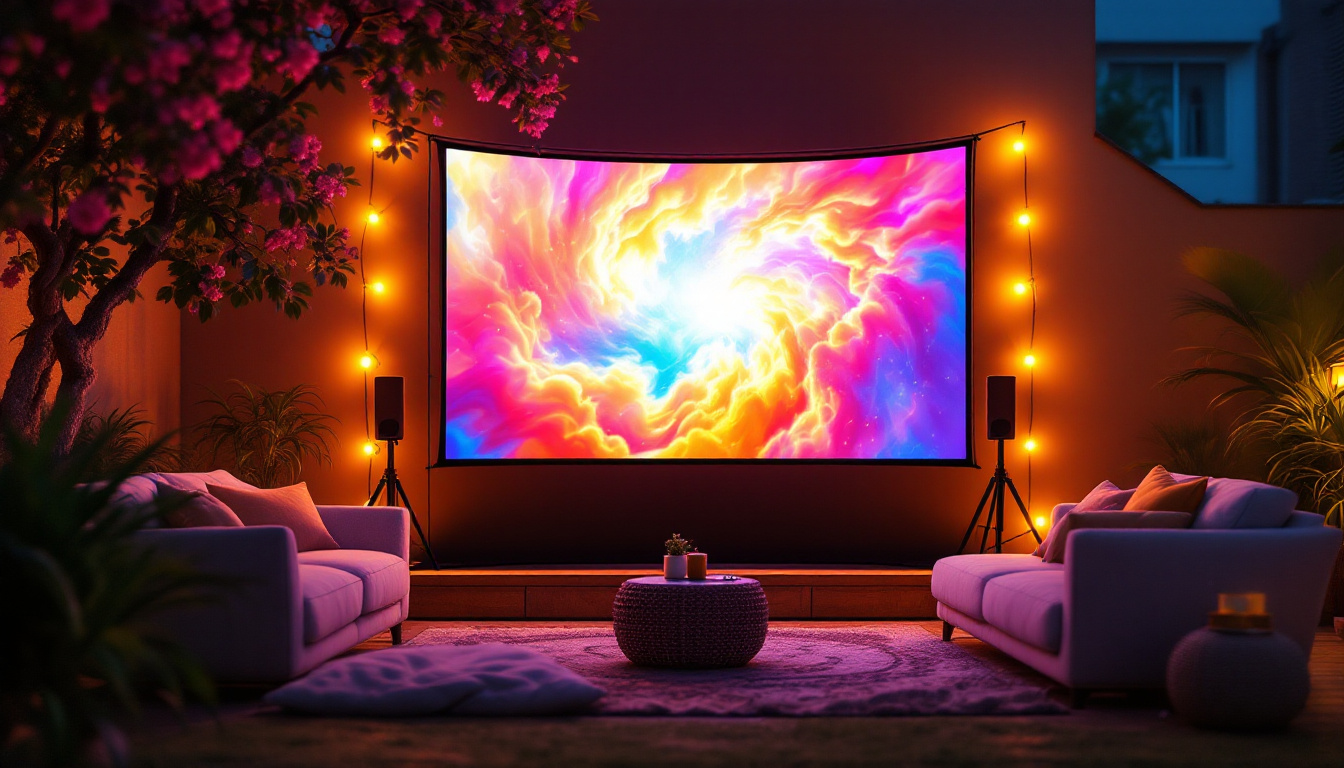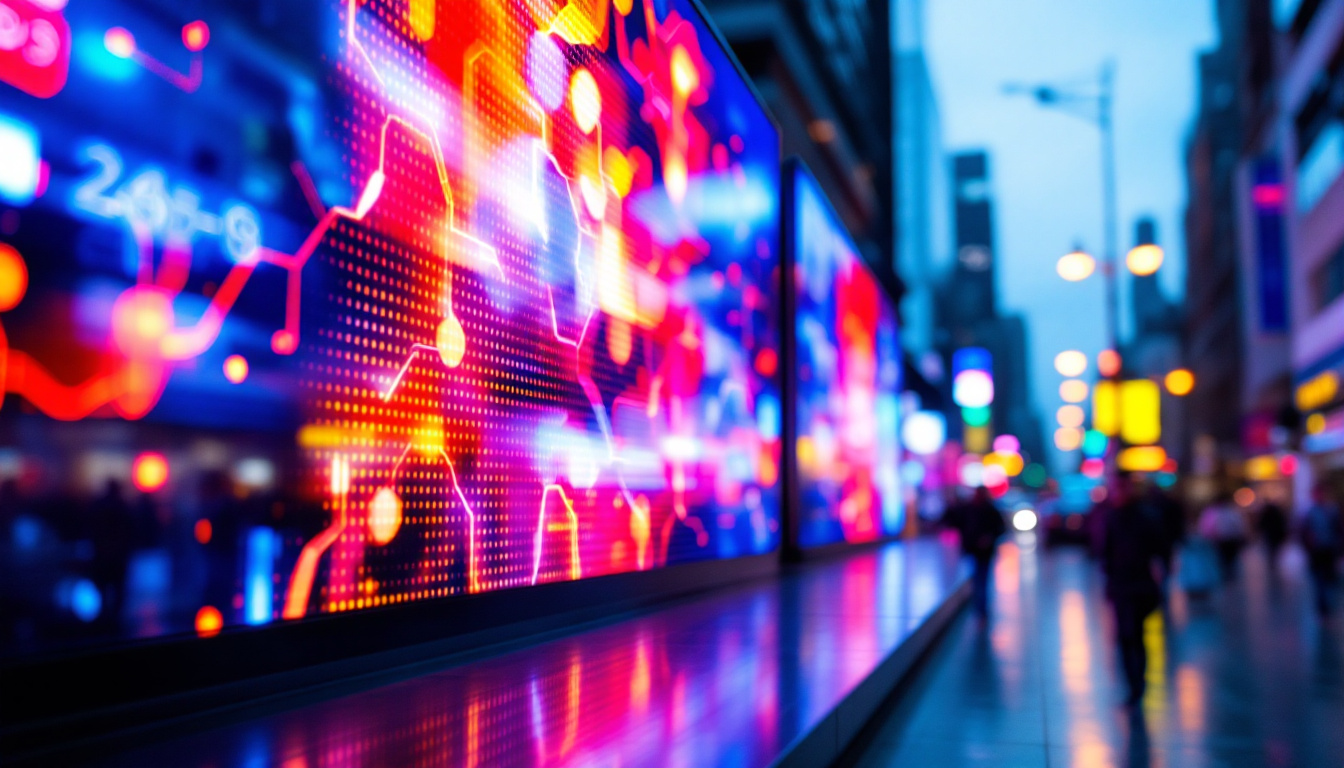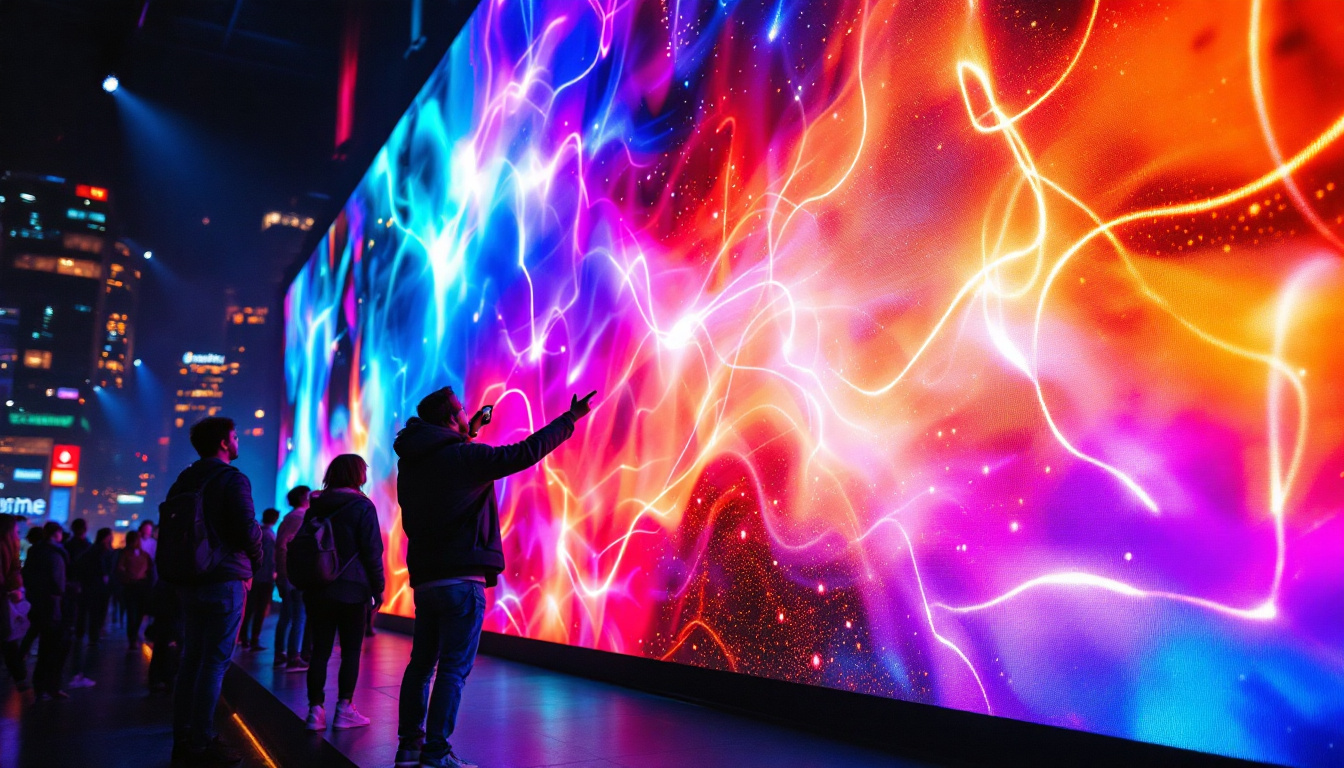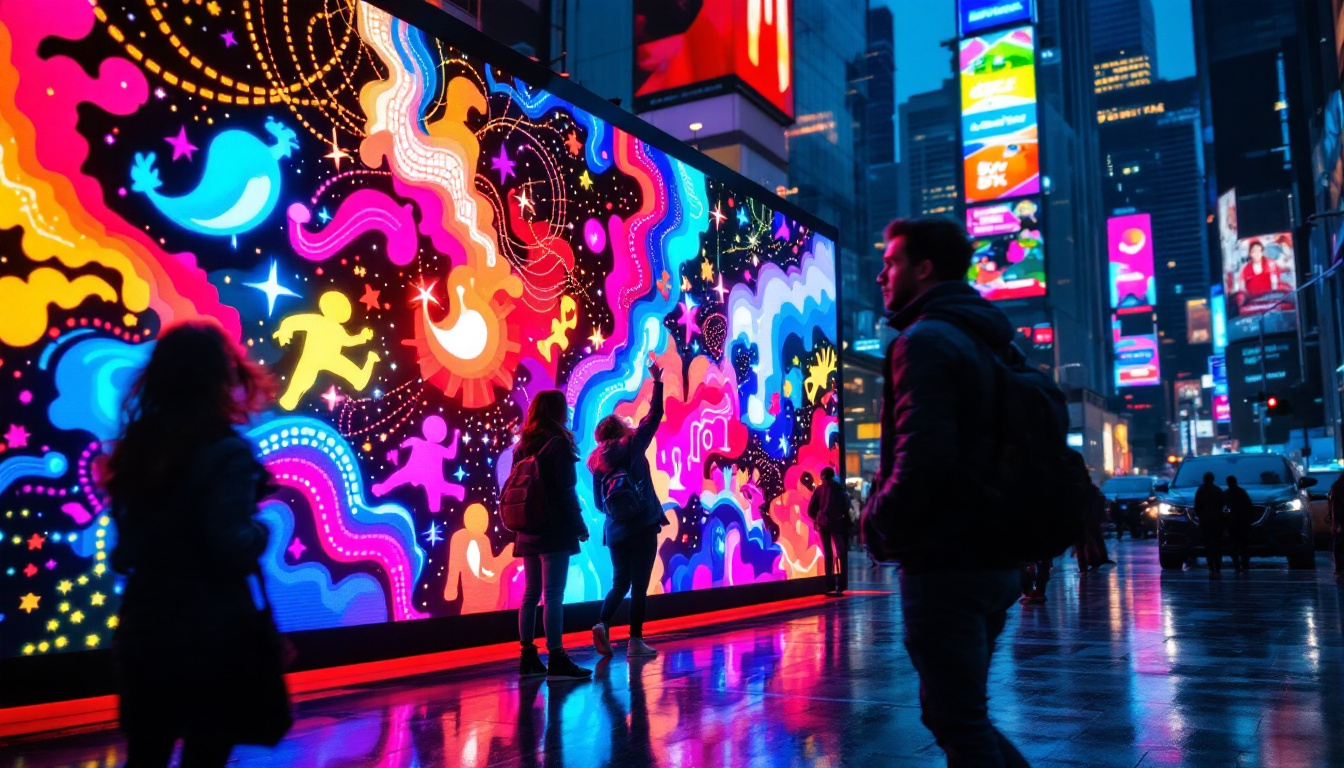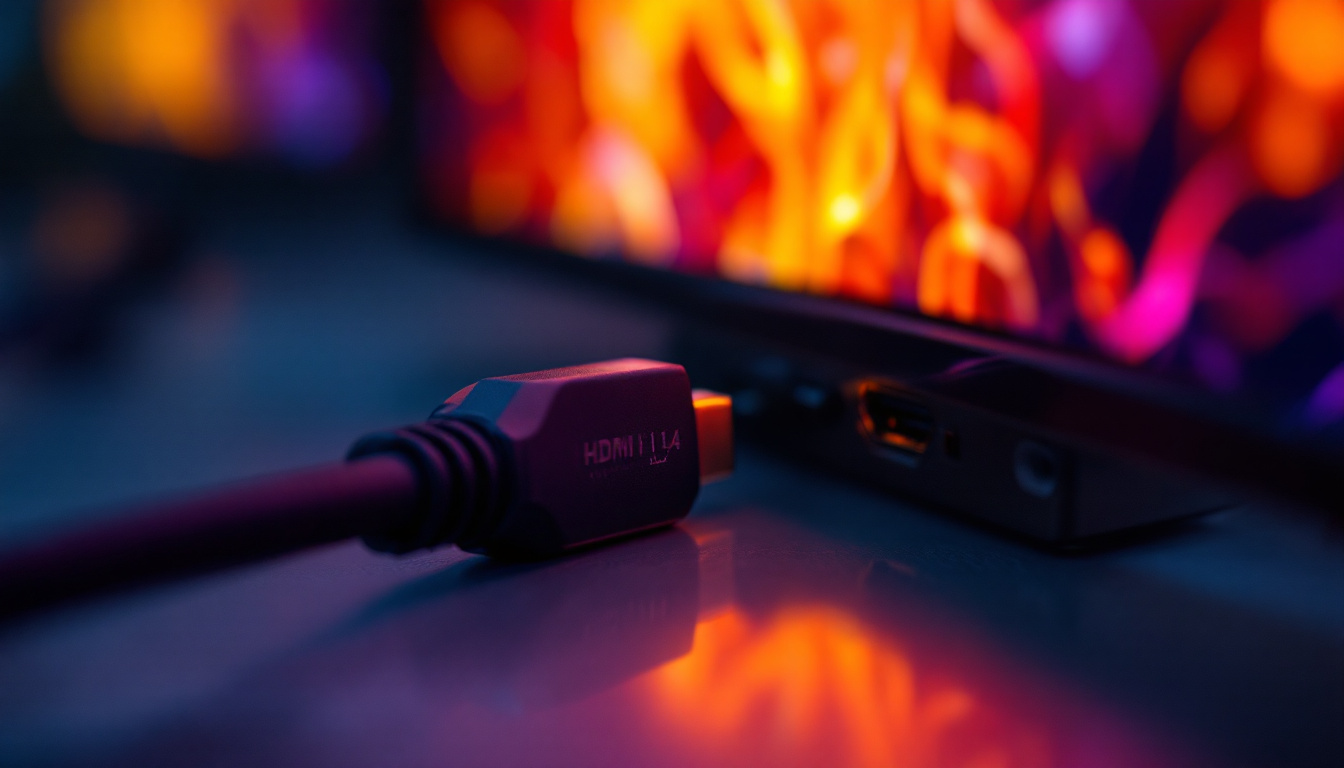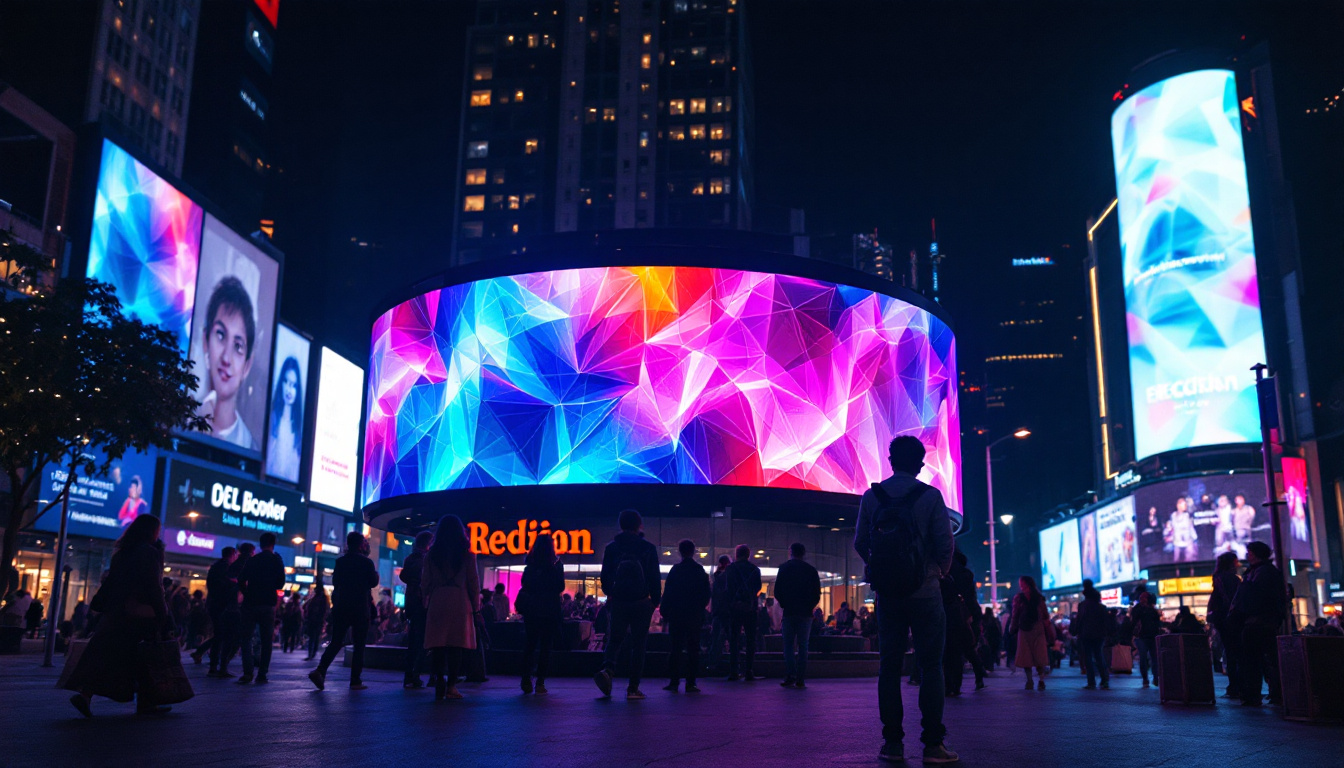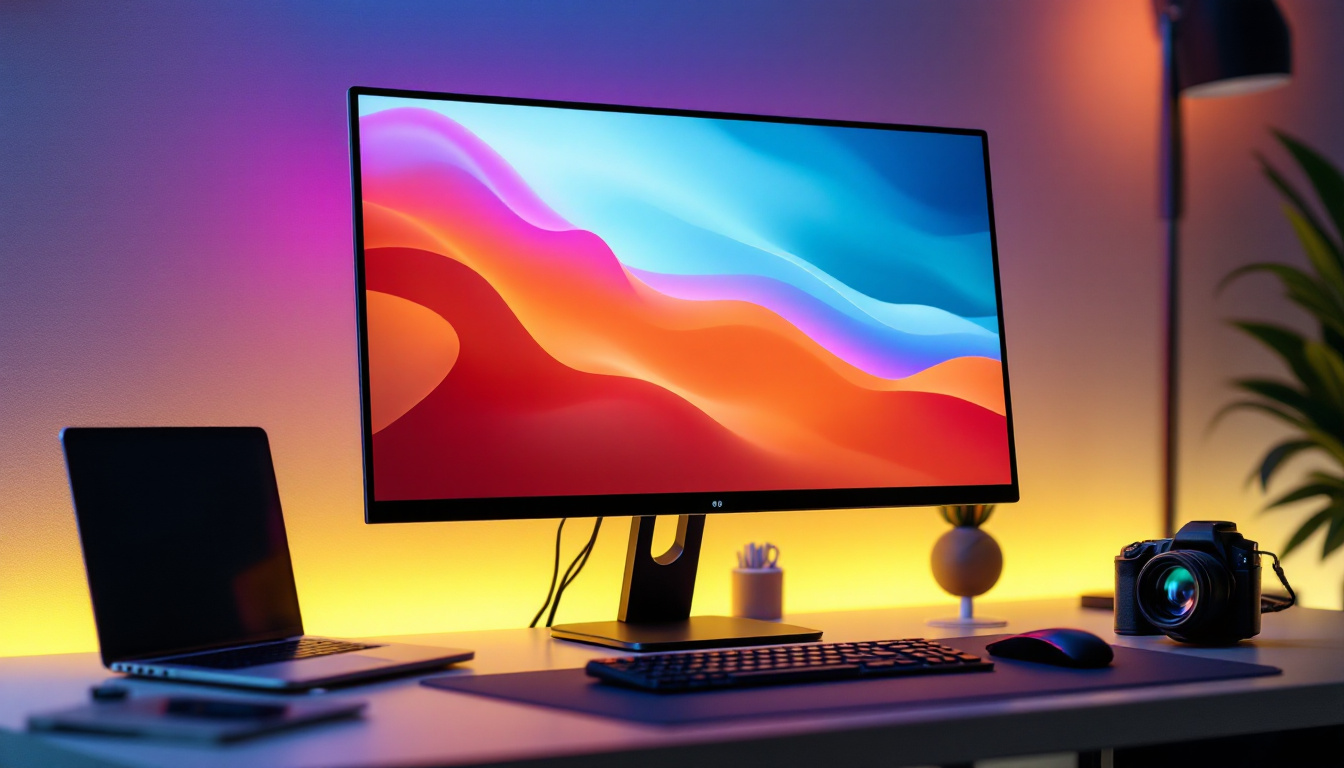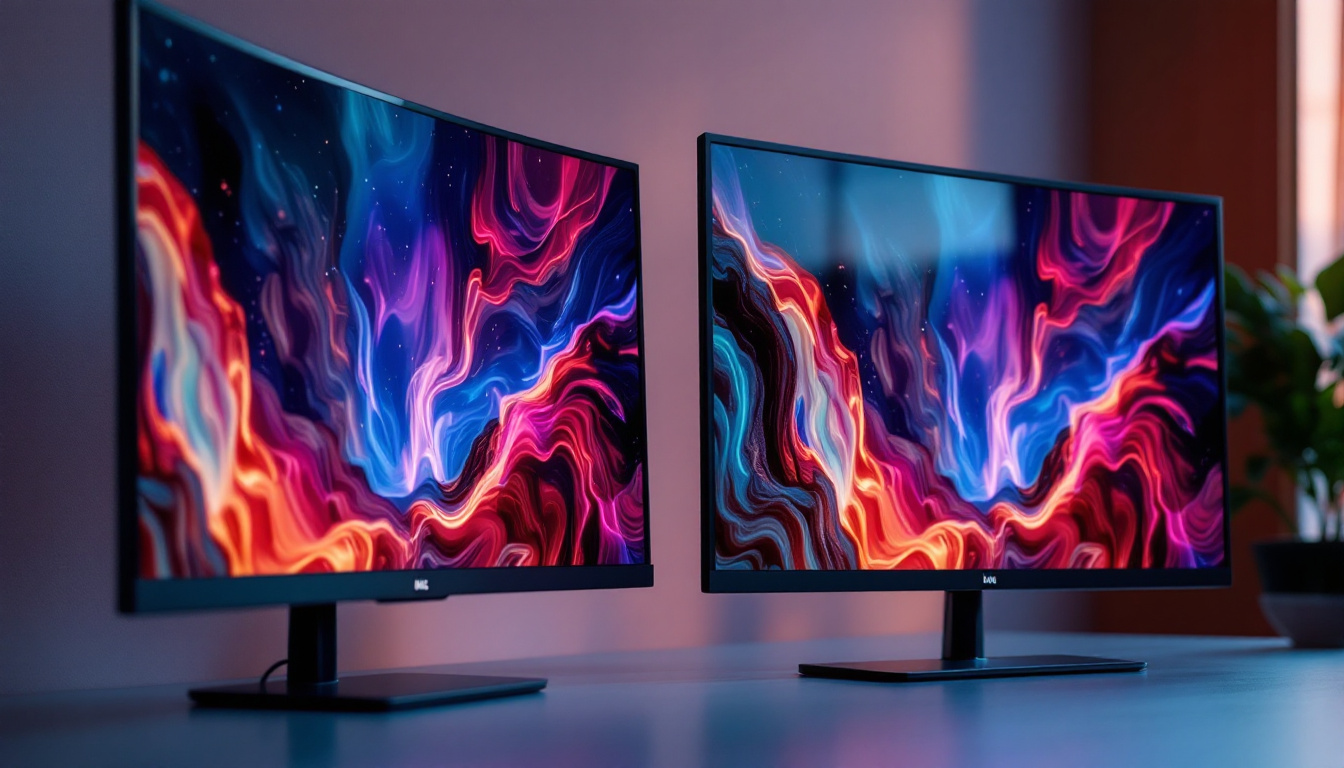In the world of photography and videography, the tools and technology used can significantly impact the final output. Among these tools, camera screen monitors have emerged as essential devices for professionals and enthusiasts alike. This article delves into the intricacies of camera screen monitors, focusing on LED displays and their advantages, features, and considerations for use.
Understanding Camera Screen Monitors
Camera screen monitors, commonly referred to as external monitors, are devices that provide a larger and often more detailed view of what the camera is capturing. These monitors can be particularly beneficial in various shooting scenarios, from filmmaking to photography, where precise framing and focus are crucial. By offering a more expansive view, they enable photographers and videographers to make informed decisions about composition and exposure in real-time, significantly enhancing the overall shooting experience.
What is an LED Display?
LED stands for Light Emitting Diode, a technology that has revolutionized display screens across multiple devices, including televisions, computers, and, of course, camera monitors. An LED display uses diodes that emit light when an electric current passes through them, resulting in vibrant colors and high contrast ratios. This technology not only improves the visual quality but also contributes to the longevity of the device, as LED screens are generally more durable and energy-efficient compared to their predecessors.
In the context of camera monitors, LED displays offer several advantages over traditional LCD screens. They provide better brightness, improved color accuracy, and a wider viewing angle, making them ideal for outdoor shoots where lighting conditions can vary dramatically. Additionally, many modern LED monitors come equipped with features such as HDR (High Dynamic Range) support, which enhances the range of colors and contrasts, allowing creators to see a more true-to-life representation of their scenes. This capability can be particularly useful in high-contrast environments, where shadows and highlights are prevalent.
The Importance of Resolution
Resolution is a critical factor when selecting a camera screen monitor. It refers to the number of pixels displayed on the screen, which directly affects the clarity and detail of the image. Common resolutions for camera monitors include Full HD (1920×1080), 4K (3840×2160), and even higher options for professional-grade equipment. The choice of resolution can significantly impact the workflow of a project, as higher resolutions allow for more flexibility in post-production editing, such as cropping and stabilizing footage without sacrificing quality.
A higher resolution allows for more precise focus and better framing, essential for capturing high-quality images and videos. For filmmakers, a 4K monitor can be particularly advantageous, as it allows for detailed previews of footage, ensuring that every shot meets the desired standard. Moreover, many monitors now feature pixel peaking and focus assist tools, which highlight the areas in focus, making it easier for creators to achieve sharp images. As technology continues to evolve, we can expect even more advancements in monitor resolution and functionality, catering to the ever-growing demands of both amateur and professional creators alike.
Advantages of Using LED Monitors
LED monitors have gained popularity for various reasons, particularly in the fields of photography and videography. Their benefits go beyond just visual quality, impacting workflow and overall user experience.
Enhanced Color Accuracy
One of the standout features of LED displays is their ability to reproduce colors more accurately than traditional monitors. This is crucial for photographers and videographers who rely on precise color representation for editing and post-production work.
LED technology allows for a broader color gamut, meaning that more colors can be displayed, resulting in richer and more vibrant images. This capability is especially important when working with skin tones, landscapes, or any subject where color fidelity is paramount. Additionally, many LED monitors come factory-calibrated, ensuring that the colors you see on screen are as true to life as possible right out of the box. This level of accuracy can save hours in post-production, as less time is spent correcting color discrepancies.
Improved Brightness and Contrast
Brightness and contrast are vital for visibility, especially in bright outdoor environments. LED monitors typically offer higher brightness levels compared to their LCD counterparts, making them more suitable for use in direct sunlight.
Moreover, the contrast ratio of LED displays enhances the differentiation between light and dark areas of an image. This feature is particularly beneficial when shooting in high dynamic range (HDR) conditions, allowing for better detail retention in both shadows and highlights. The ability to view images with such clarity and depth can significantly enhance the editing process, enabling creators to make more informed decisions about exposure and color grading. Furthermore, many LED monitors support various HDR formats, providing even more flexibility when working with diverse content.
Portability and Versatility
Many LED monitors are designed to be lightweight and portable, making them easy to transport for on-location shoots. This portability does not compromise functionality, as many monitors come equipped with features such as battery power options, making them versatile for various shooting environments.
Additionally, the ability to mount these monitors on different rigs or camera setups adds to their versatility, allowing for creative shooting angles and setups that would be challenging with a camera’s built-in screen. Some models even feature adjustable stands or VESA mount compatibility, enabling users to customize their setup for optimal viewing angles. This adaptability is particularly useful during collaborative projects where multiple team members may need to view the screen simultaneously. As a result, LED monitors not only enhance individual workflows but also facilitate better teamwork and communication on set, ultimately leading to more successful outcomes in visual storytelling.
Key Features to Consider
When selecting a camera screen monitor, several features should be taken into account to ensure that it meets specific needs and preferences. Understanding these features can help make an informed decision.
Touchscreen Functionality
Many modern LED monitors come equipped with touchscreen functionality, allowing for intuitive navigation and control. This feature can streamline the workflow, enabling users to quickly adjust settings, zoom in on focus points, and access various functions without the need for physical buttons.
Touchscreen monitors can also enhance the user experience by providing a more interactive way to engage with the content being captured. This can be particularly useful when working with complex settings or during live events where quick adjustments are necessary.
Input and Output Options
Compatibility is key when choosing a camera monitor. It is essential to consider the input and output options available on the monitor. Common connections include HDMI, SDI, and USB-C, which allow for seamless integration with various camera systems.
Additionally, some monitors offer features like loop-through outputs, enabling users to connect multiple devices without needing additional cables or adapters. This can be particularly useful in multi-camera setups or when connecting to external recording devices.
Monitoring Tools and Features
Advanced monitoring tools can significantly enhance the shooting experience. Features such as waveform monitors, vectorscopes, and focus peaking provide critical information that aids in achieving the desired exposure and focus.
Waveform monitors display the brightness levels across the image, helping to ensure proper exposure, while vectorscopes assist in color grading and correction. Focus peaking highlights the areas of the image that are in focus, making it easier to achieve sharp shots, especially in manual focus situations.
Choosing the Right Monitor for Your Needs
With a plethora of options available, selecting the right camera screen monitor can be daunting. However, understanding specific needs and preferences can simplify the decision-making process.
Assessing Your Shooting Style
Different shooting styles may require different monitor features. For instance, a filmmaker focused on narrative storytelling may prioritize resolution and color accuracy, while a photographer might look for a monitor with excellent brightness and portability for outdoor shoots.
Additionally, consider the types of environments in which the monitor will be used. If shooting primarily in bright conditions, a monitor with high brightness levels and anti-glare technology is essential. Conversely, if working in controlled environments, features like touchscreen functionality may take precedence.
Budget Considerations
Camera monitors come in a wide range of prices, from budget-friendly options to high-end professional models. It is crucial to establish a budget before beginning the search, as this will help narrow down the options and prevent overspending.
While it may be tempting to opt for the most expensive model, it is essential to evaluate the features that are truly necessary for the intended use. Often, mid-range monitors can offer excellent performance without the premium price tag.
Brand Reputation and Reviews
When investing in a camera screen monitor, considering the brand’s reputation and user reviews can provide valuable insights into the product’s reliability and performance. Established brands often have a track record of quality and customer support, which can be reassuring for buyers.
Reading reviews from other photographers and videographers can also highlight potential issues or advantages that may not be immediately apparent in product descriptions. This research can help ensure that the chosen monitor meets expectations and requirements.
Conclusion
Camera screen monitors with LED displays have become indispensable tools for photographers and videographers seeking to enhance their craft. With their superior color accuracy, brightness, and portability, these monitors provide a significant advantage in various shooting scenarios.
By understanding the key features, advantages, and considerations when selecting a monitor, users can make informed decisions that align with their specific needs and shooting styles. Whether capturing a stunning landscape or filming a dynamic scene, the right camera screen monitor can elevate the creative process and contribute to achieving exceptional results.
Investing time in research and understanding the technology behind camera screen monitors will ultimately lead to better shooting experiences and improved outcomes in photography and videography.
Discover LumenMatrix’s Advanced LED Display Solutions
Ready to take your photography and videography projects to the next level? Explore LumenMatrix’s innovative LED display technology, crafted to bring your creative vision to life with unparalleled clarity and vibrancy. Whether you need an Indoor LED Wall Display for your studio, an Outdoor LED Wall Display for events, or any of our specialized solutions like Vehicle, Sports, or Floor LED Displays, LumenMatrix has you covered. Embrace the future of visual communication and check out LumenMatrix LED Display Solutions today to create truly captivating visual experiences.

